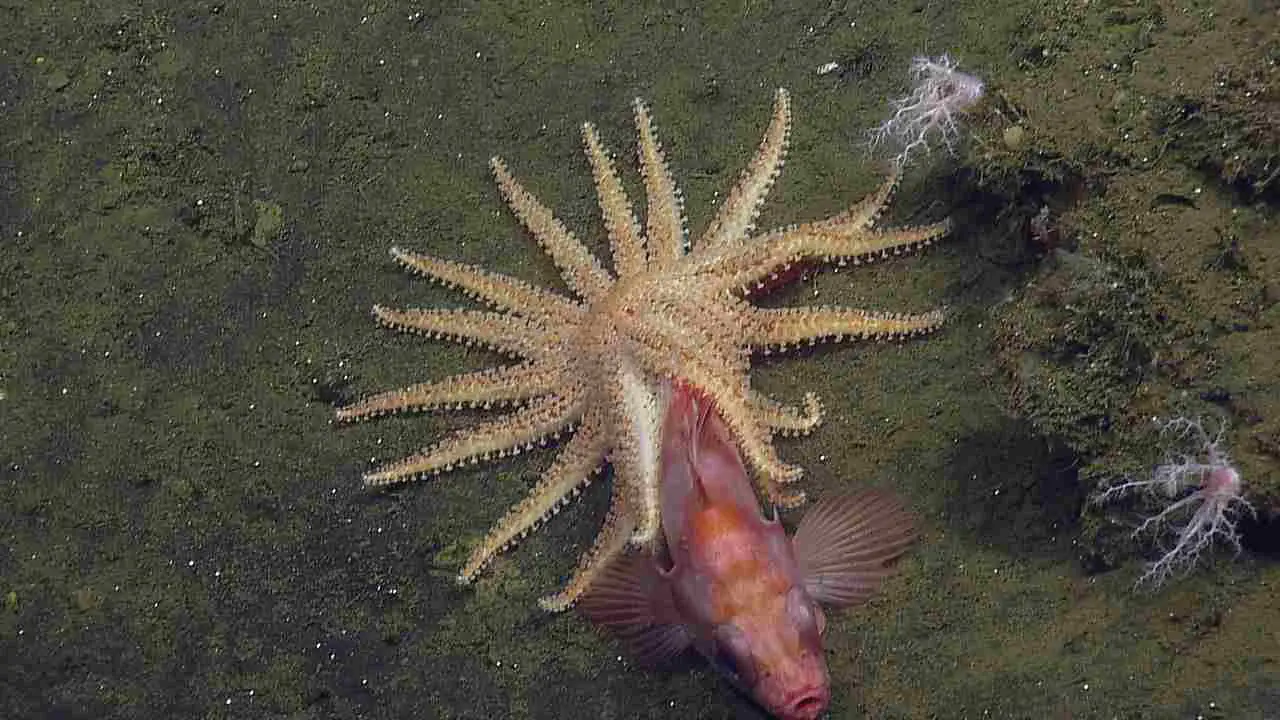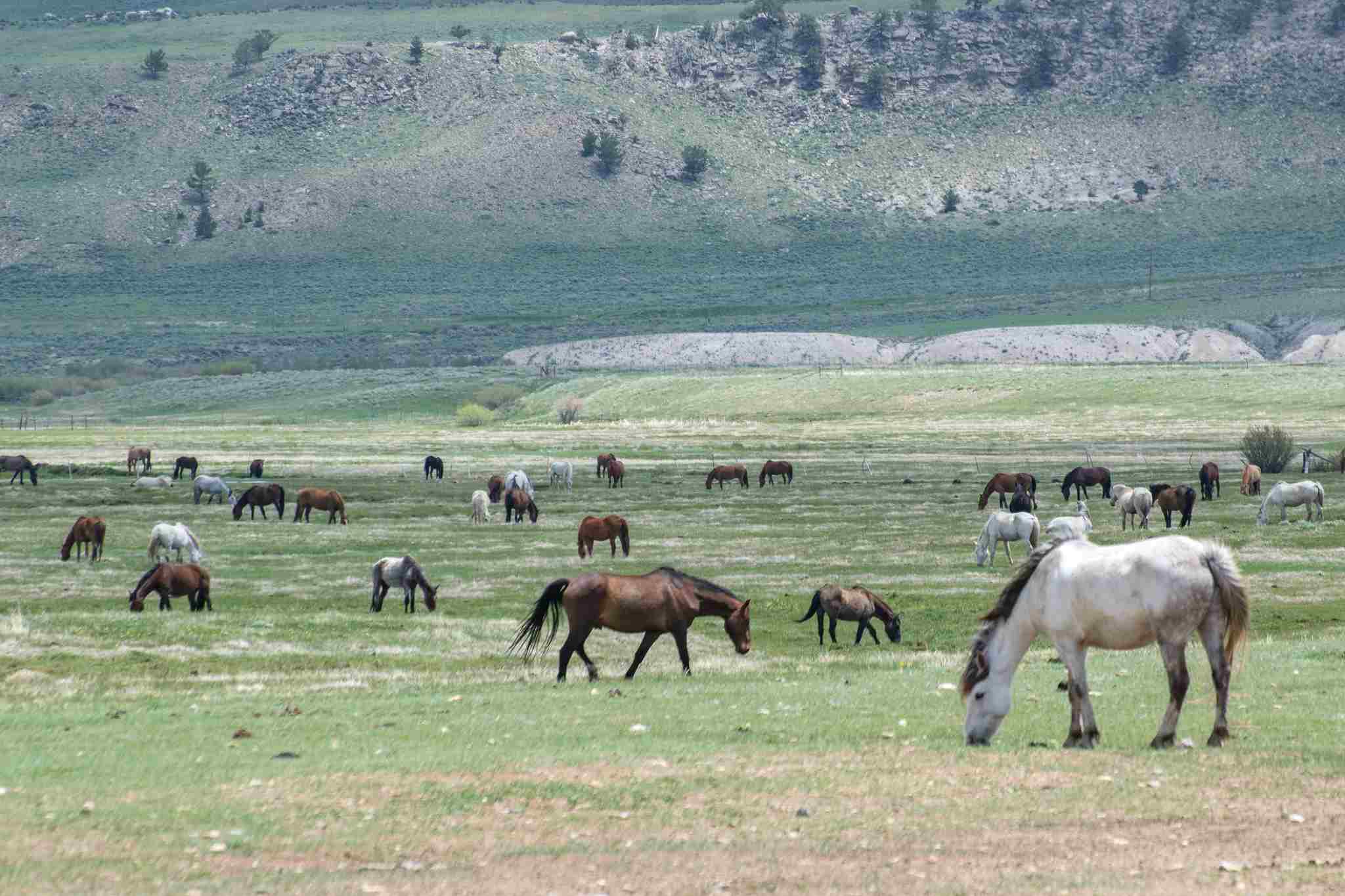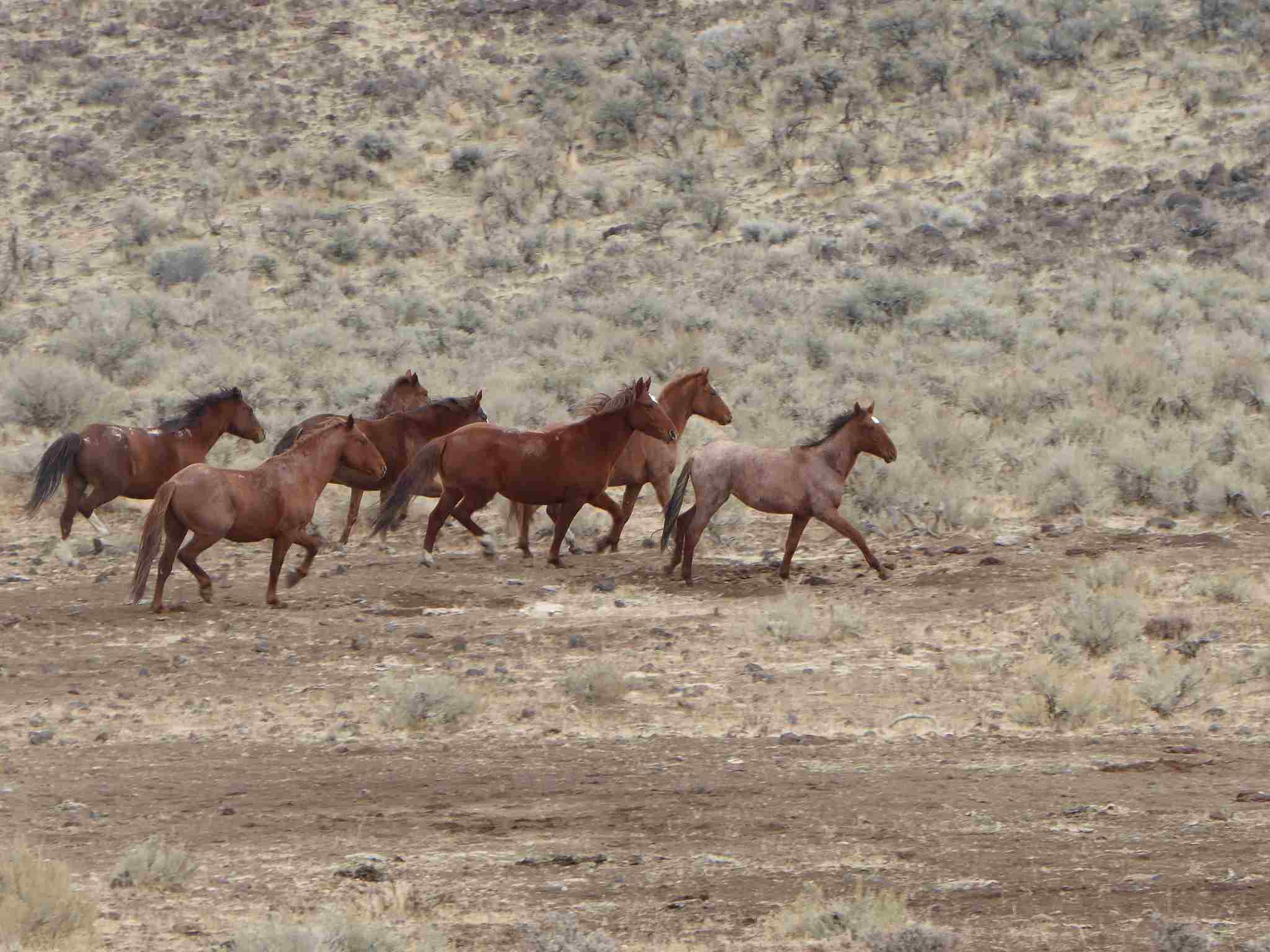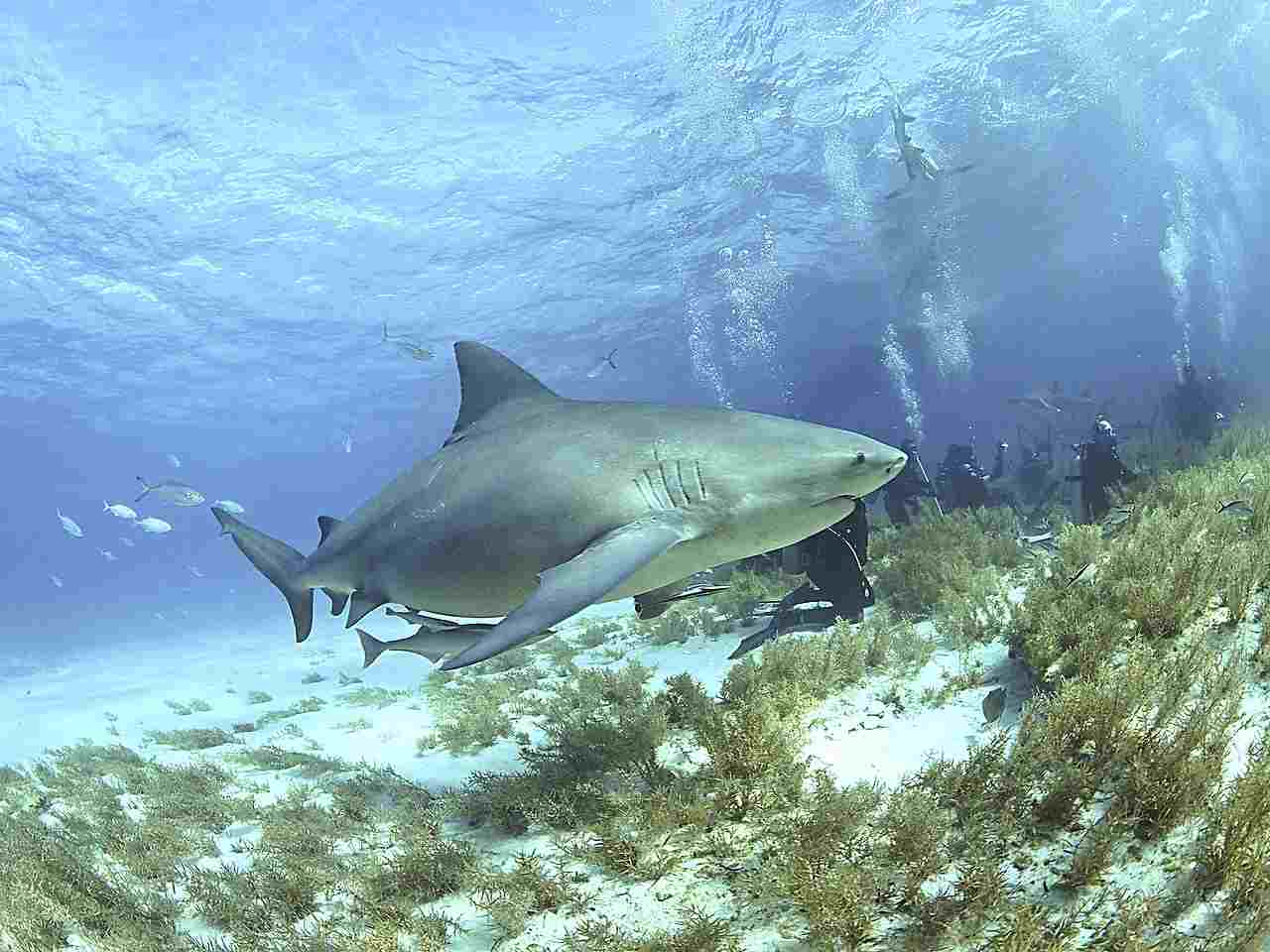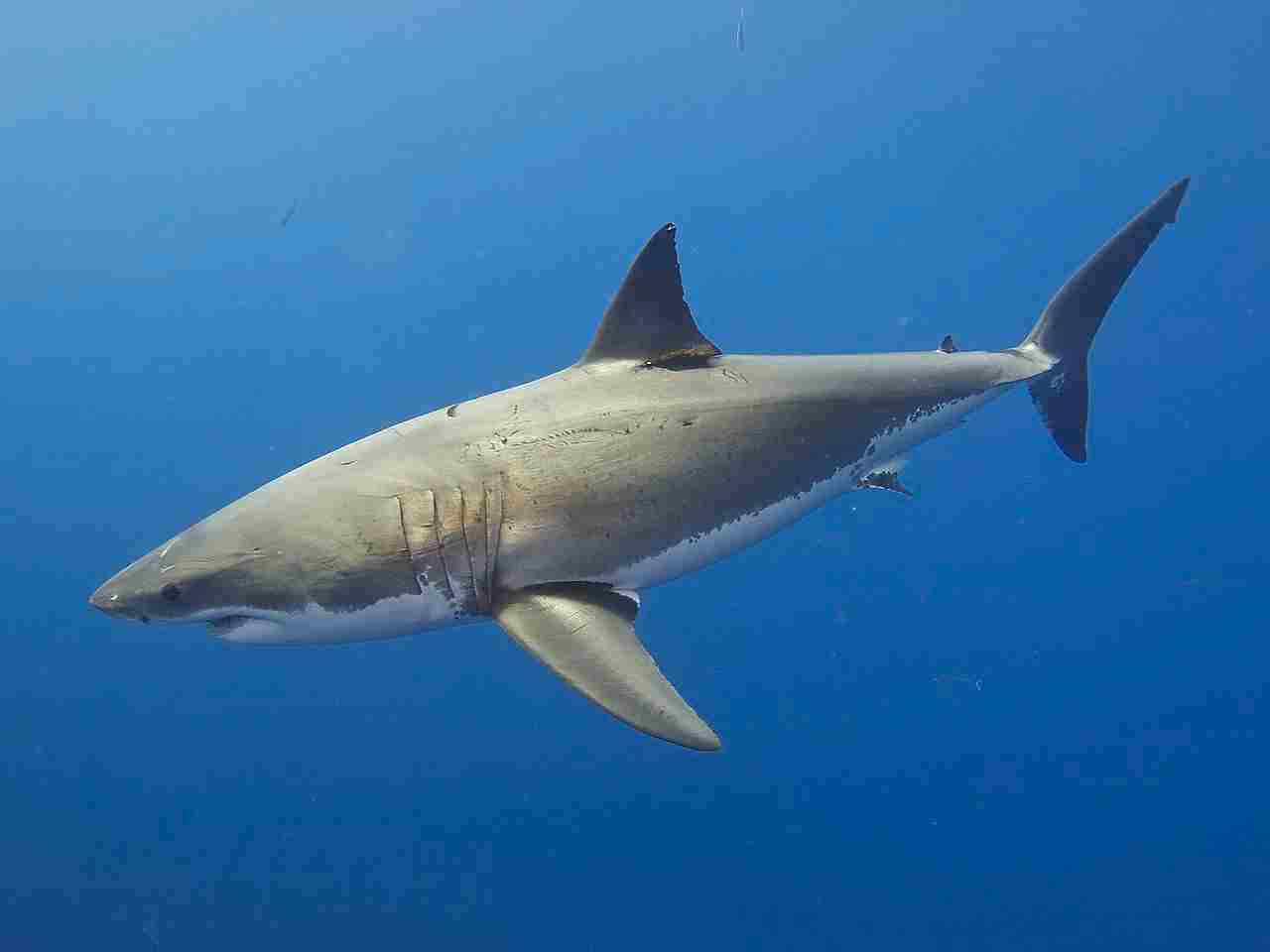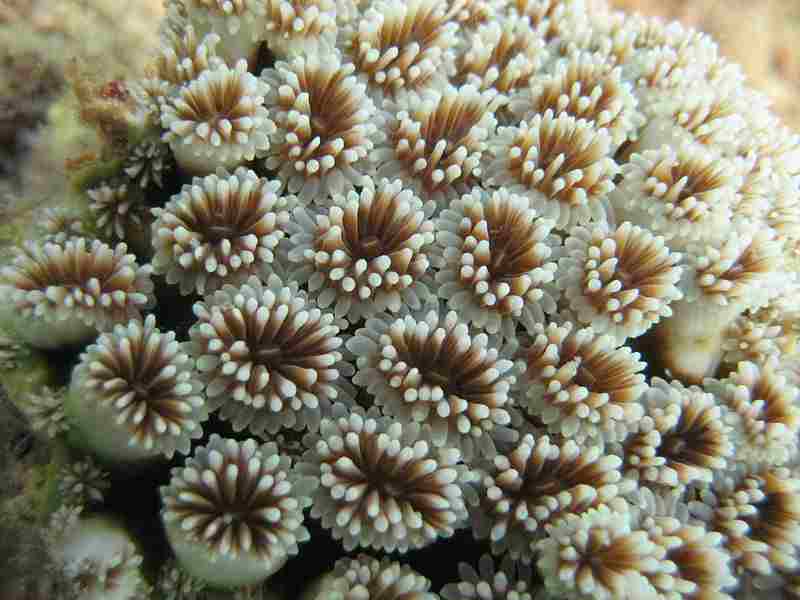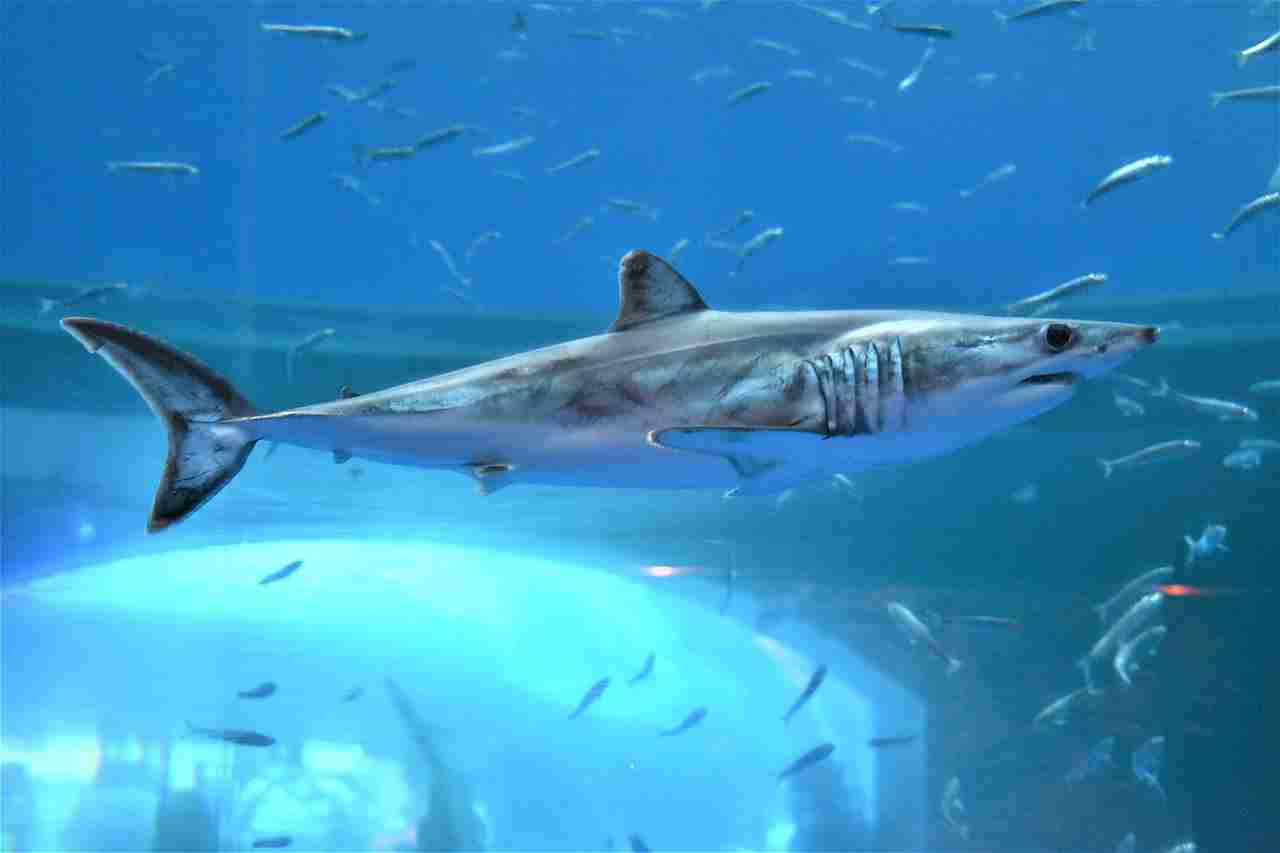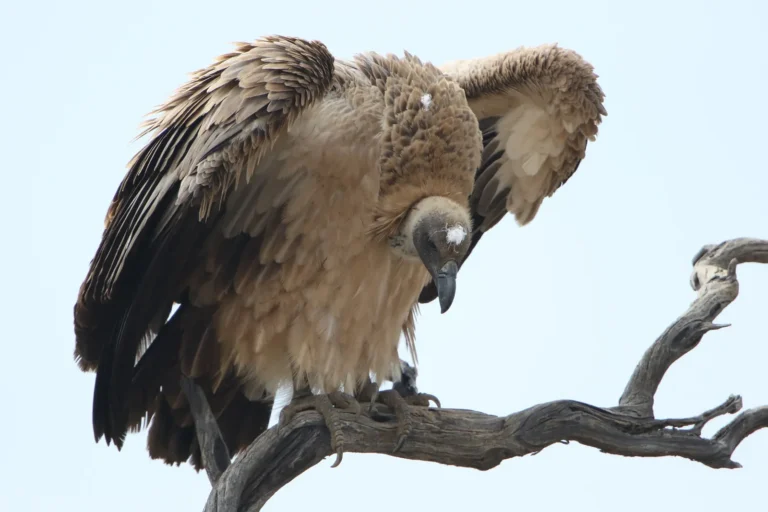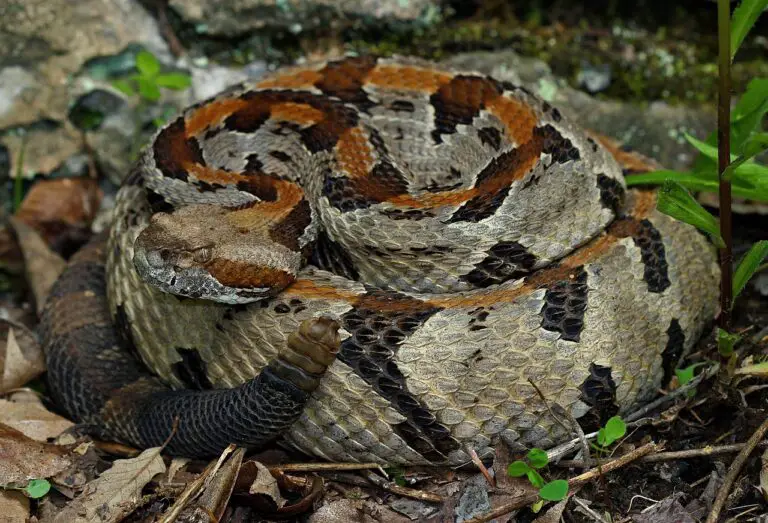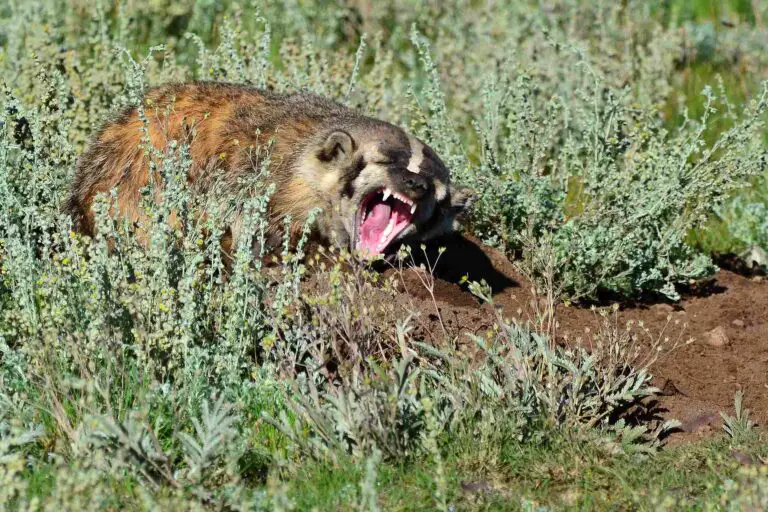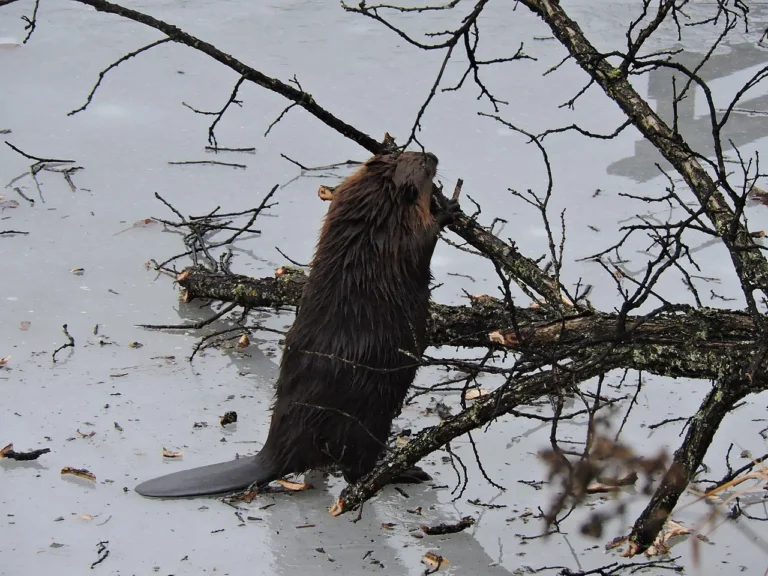7+ Carnivores in Kelp Forest Ecosystems and Their Characteristics
Examples of carnivores in kelp forest ecosystems include sea horses, Port Jackson sharks, kelp bass, sea otters, and sunflower sea stars. These carnivores play essential roles in regulating prey populations, maintaining biodiversity, and preserving the health of kelp forests. However, they face threats such as overfishing, habitat degradation, pollution, and climate change. Conservation efforts, including sustainable fishing practices and habitat protection, are crucial for safeguarding carnivore populations and preserving the balance of kelp forest ecosystems.
1. Sea Horse
In the intricate tapestry of kelp forest ecosystems, the sea horse occupies a unique niche as both a predator and prey. Despite their diminutive size and seemingly docile demeanor, sea horses are voracious carnivores, primarily feeding on small crustaceans, plankton, and tiny fish that inhabit the kelp forests. Their elongated snouts and tubular mouths are perfectly adapted for sucking in prey with precision, often camouflaging themselves amidst the swaying kelp fronds to ambush unsuspecting victims.
Sea horses play a crucial role in maintaining the delicate balance of kelp forest ecosystems by controlling the population of their prey species. By preying on small organisms, sea horses help regulate their numbers, preventing them from overwhelming the ecosystem and disrupting the intricate web of interactions within the habitat. Furthermore, as they consume prey, sea horses also recycle nutrients back into the ecosystem through their waste, contributing to the overall health and productivity of the kelp forest.
Despite their predatory nature, sea horses face numerous threats in their underwater realm. Human activities such as habitat destruction, pollution, and overfishing pose significant challenges to their survival. Additionally, climate change-induced phenomena like ocean warming and acidification can disrupt the delicate balance of kelp forest ecosystems, potentially affecting the availability of prey and habitat for sea horses.
In recent years, conservation efforts have been underway to protect sea horse populations and their habitats. Marine protected areas and regulations on the trade of sea horses aim to mitigate the impacts of human activities on these charismatic creatures. By safeguarding their habitats and promoting sustainable fishing practices, conservationists strive to ensure that sea horses continue to thrive in the intricate ecosystems of kelp forests for generations to come.
2. Port Jackson Shark
Within the dynamic realm of kelp forests, the Port Jackson shark emerges as a formidable carnivore, adeptly navigating the maze of towering kelp stalks in search of prey. Despite its relatively small size compared to other shark species, the Port Jackson shark possesses a powerful set of jaws lined with numerous small teeth, perfectly suited for capturing and consuming a variety of marine organisms.
As an opportunistic feeder, the Port Jackson shark preys upon a diverse array of invertebrates and small fish that inhabit the kelp forest ecosystem. Its diet may include crustaceans, mollusks, sea urchins, and even smaller sharks and rays. Equipped with keen senses of smell and electroreception, the Port Jackson shark can detect the presence of prey hidden among the tangled kelp, enabling it to efficiently hunt and feed within this complex environment.
Despite its predatory prowess, the Port Jackson shark also faces challenges within the kelp forest ecosystem. Human activities such as overfishing and habitat degradation can impact the availability of prey and disrupt the delicate balance of the ecosystem. Additionally, climate change-related stressors such as rising ocean temperatures and ocean acidification may further compound these threats, affecting both the Port Jackson shark and its prey species.
Conservation efforts aimed at protecting kelp forest ecosystems can indirectly benefit the Port Jackson shark by preserving its habitat and ensuring the availability of prey. By implementing sustainable fishing practices and establishing marine protected areas, stakeholders can work together to safeguard the intricate web of life within these vital marine environments, thereby promoting the long-term survival of the Port Jackson shark and other species that call kelp forests home.
3. Ray
In the shadowy depths of kelp forests, rays glide gracefully, embodying the role of both predator and prey in this vibrant ecosystem. With their flattened bodies and distinctive wing-like fins, rays are well-adapted to maneuvering through the dense foliage of kelp, utilizing stealth and agility to hunt and evade predators.
As carnivores, rays primarily feed on a variety of benthic invertebrates and small fish that dwell among the kelp beds. Their diet may include crustaceans, mollusks, and small bony fish, which they capture using specialized dental plates adapted for crushing and grinding. Rays employ a sit-and-wait strategy, concealing themselves on the seafloor or within the kelp canopy before ambushing unsuspecting prey with lightning-fast strikes.
Despite their predatory prowess, rays must also remain vigilant against potential threats within the kelp forest ecosystem. Larger predators such as sharks and sea lions may target rays as prey, while human activities such as overfishing and habitat degradation can further impact ray populations. Additionally, climate change-induced stressors such as ocean warming and acidification may alter the distribution and abundance of ray prey species, posing additional challenges to their survival.
Efforts to conserve kelp forests and mitigate human impacts can help safeguard ray populations and their habitats. By promoting sustainable fishing practices, reducing pollution, and establishing marine protected areas, stakeholders can work towards preserving the intricate web of life within these critical marine ecosystems, ensuring that rays continue to thrive amidst the swaying fronds of kelp for generations to come.
4. Catshark
Within the labyrinthine depths of kelp forests, the catshark prowls with silent grace, embodying the role of a stealthy and efficient predator. Despite its unassuming appearance, the catshark possesses a formidable array of sensory adaptations that enable it to navigate and hunt within the complex environment of the kelp forest.
As a carnivorous predator, the catshark preys upon a variety of small fish, crustaceans, and cephalopods that inhabit the kelp forest ecosystem. Its diet may include species such as small bony fish, shrimp, crabs, and squid, which it captures using its sharp teeth and powerful jaws. With its slender body and camouflaged coloration, the catshark is well-suited for blending into the shadows and ambushing unsuspecting prey amidst the swaying kelp fronds.
Despite its prowess as a predator, the catshark must also contend with threats within the kelp forest ecosystem. Larger predators such as seals and larger sharks may target catsharks as prey, while human activities such as overfishing and habitat degradation can impact their populations. Additionally, climate change-related stressors such as ocean warming and acidification may further compound these threats, affecting both the catshark and its prey species.
Conservation efforts aimed at protecting kelp forest ecosystems can help mitigate these threats and promote the long-term survival of the catshark. By implementing sustainable fishing practices, reducing pollution, and establishing marine protected areas, stakeholders can work together to preserve the intricate web of life within these vital marine environments, ensuring that catsharks continue to thrive amidst the towering kelp forests for generations to come.
5. Kelp Bass
In the bustling underwater world of kelp forests, the kelp bass reigns as a charismatic predator, playing a vital role in shaping the dynamics of its ecosystem. With its sleek body and voracious appetite, the kelp bass is well-adapted to hunting amidst the swaying fronds of kelp, utilizing stealth and agility to ambush its prey.
As a carnivorous predator, the kelp bass feeds on a diverse array of marine organisms, including small fish, crustaceans, and cephalopods that inhabit the kelp forest ecosystem. Its diet may include species such as anchovies, sardines, shrimp, and squid, which it captures using its sharp teeth and powerful jaws. By controlling the population of its prey species, the kelp bass helps maintain the delicate balance of the ecosystem, preventing any one species from dominating and disrupting the intricate web of interactions within the habitat.
Despite its role as a top predator, the kelp bass is not without its own vulnerabilities within the kelp forest ecosystem. Human activities such as overfishing and habitat degradation can impact kelp bass populations, while pollution and climate change-related stressors such as ocean warming and acidification may further compound these threats.
Conservation efforts aimed at protecting kelp forests and mitigating human impacts can help safeguard kelp bass populations and their habitats. By promoting sustainable fishing practices, reducing pollution, and establishing marine protected areas, stakeholders can work towards preserving the intricate web of life within these critical marine ecosystems, ensuring that kelp bass continue to thrive amidst the swaying fronds of kelp for generations to come.
6. Moon Jelly
In the ethereal realm of kelp forests, the moon jelly drifts with serene grace, embodying a delicate yet important presence within this vibrant ecosystem. Despite its seemingly passive nature, the moon jelly plays a significant role as both predator and prey, participating in the complex interactions that characterize life within the kelp forest.
As a carnivorous predator, the moon jelly feeds on a variety of small planktonic organisms that inhabit the waters surrounding the kelp forest. Its gelatinous body and trailing tentacles are equipped with specialized stinging cells called nematocysts, which it uses to immobilize and capture its prey. By consuming planktonic organisms, including larval stages of fish and invertebrates, the moon jelly helps regulate their populations, preventing them from overwhelming the ecosystem and competing with other species for resources.
Despite its role as a predator, the moon jelly is also vulnerable to predation within the kelp forest ecosystem. Larger predators such as sea turtles and certain species of fish may feed on moon jellies, while human activities such as overfishing and habitat degradation can impact their populations. Additionally, climate change-related stressors such as ocean warming and acidification may alter the distribution and abundance of planktonic organisms, further affecting the moon jelly and its role within the ecosystem.
Efforts to conserve kelp forests and mitigate human impacts can help safeguard moon jelly populations and their habitats. By promoting sustainable fishing practices, reducing pollution, and establishing marine protected areas, stakeholders can work towards preserving the intricate web of life within these critical marine ecosystems, ensuring that moon jellies continue to drift serenely amidst the swaying fronds of kelp for generations to come.
7. Sea Otter
As one of the most iconic inhabitants of kelp forests, the sea otter holds a crucial role as both predator and keystone species within this dynamic ecosystem. With its endearing appearance and playful demeanor, the sea otter captures the hearts of observers while playing a vital role in shaping the structure and function of its habitat.
As a carnivorous predator, the sea otter primarily feeds on a variety of marine invertebrates that inhabit the kelp forest ecosystem. Its diet includes species such as sea urchins, crabs, clams, and abalones, which it captures using its dexterous forepaws and sharp teeth. Sea otters are particularly known for their role in controlling sea urchin populations, which, if left unchecked, can overgraze kelp forests and transform them into barren underwater landscapes devoid of biodiversity.
Despite their importance as keystone predators, sea otters face numerous threats within the kelp forest ecosystem. Historical overhunting for their fur led to dramatic declines in sea otter populations, resulting in cascading effects on kelp forest ecosystems. While conservation efforts have led to the recovery of sea otter populations in some areas, they still face challenges such as habitat degradation, pollution, and conflicts with human activities.
Efforts to protect and restore kelp forests can help mitigate these threats and promote the long-term survival of sea otters. By implementing measures to reduce pollution, minimize disturbances, and restore degraded habitats, stakeholders can work towards preserving the intricate web of life within these critical marine ecosystems, ensuring that sea otters continue to play their vital role amidst the swaying fronds of kelp for generations to come.
8. Sheephead
Within the vibrant tapestry of kelp forest ecosystems, the sheephead emerges as a prominent carnivore, wielding its formidable jaws and keen hunting instincts to navigate the tangled labyrinth of kelp in search of prey. As a vital component of the intricate food web, the sheephead plays a crucial role in shaping the dynamics of its underwater realm.
As a carnivorous predator, the sheephead feeds on a diverse array of marine organisms that inhabit the kelp forest ecosystem. Its diet includes species such as crustaceans, mollusks, sea urchins, and small fish, which it captures using its powerful jaws equipped with strong teeth specialized for crushing hard-shelled prey. By controlling the population of its prey species, particularly sea urchins, the sheephead helps maintain the delicate balance of the ecosystem, preventing overgrazing of kelp and preserving biodiversity.
Despite its role as a top predator, the sheephead faces threats within the kelp forest ecosystem, including human activities such as overfishing and habitat degradation. Historically, sheephead populations have been impacted by commercial and recreational fishing, leading to declines in some areas. Additionally, habitat degradation and pollution can further stress sheephead populations, affecting their abundance and distribution within kelp forests.
Efforts to conserve kelp forests and mitigate human impacts can help safeguard sheephead populations and their habitats. By promoting sustainable fishing practices, implementing regulations to protect critical habitats, and reducing pollution, stakeholders can work towards preserving the intricate web of life within these vital marine ecosystems, ensuring that sheephead continue to thrive amidst the swaying fronds of kelp for generations to come.
9. Sunflower Sea Star
As a keystone predator in the complex ecosystem of kelp forests, the sunflower sea star exerts a profound influence on the structure and function of its underwater habitat. With its distinctive appearance and voracious appetite, the sunflower sea star plays a crucial role in controlling the abundance of its prey species and shaping the dynamics of the ecosystem.
As a carnivorous predator, the sunflower sea star feeds on a variety of marine invertebrates that inhabit the kelp forest ecosystem. Its diet includes species such as sea urchins, mollusks, crustaceans, and other echinoderms, which it captures using its numerous tube feet and powerful arms. With its ability to move swiftly across the seafloor and manipulate prey items with remarkable dexterity, the sunflower sea star plays a key role in controlling the populations of its prey species, particularly sea urchins.
Despite its importance as a keystone predator, the sunflower sea star faces threats within the kelp forest ecosystem. Disease outbreaks, predation by other species, and human activities such as overfishing and habitat degradation can impact sunflower sea star populations, leading to cascading effects on the ecosystem. In recent years, widespread declines in sunflower sea star populations along the west coast of North America have raised concerns about the stability of kelp forest ecosystems.
Efforts to conserve kelp forests and mitigate human impacts can help safeguard sunflower sea star populations and their habitats. By promoting sustainable fishing practices, reducing pollution, and implementing measures to protect critical habitats, stakeholders can work towards preserving the intricate web of life within these vital marine ecosystems, ensuring that sunflower sea stars continue to thrive amidst the swaying fronds of kelp for generations to come.
*Summary
-
Kelp forests are vibrant ecosystems rich in biodiversity, where various carnivores play essential roles in maintaining balance.
-
Predatory species like the sea horse, Port Jackson shark, and catshark hunt small fish and invertebrates, controlling prey populations.
-
Ray species glide through kelp forests, preying on benthic invertebrates and small fish, while also being preyed upon by larger predators.
-
Kelp bass are agile predators, feeding on a variety of marine organisms and helping regulate prey populations.
-
Moon jellies, though passive, consume planktonic organisms, contributing to the ecosystem’s balance.
-
Keystone species like sea otters play crucial roles in controlling prey populations, such as sea urchins, and maintaining kelp forest health.
-
Sheephead are vital carnivores, controlling sea urchin populations and preserving kelp forest biodiversity.
-
Sunflower sea stars are keystone predators, regulating prey populations and influencing ecosystem dynamics.
-
Human activities like overfishing, habitat degradation, and pollution threaten carnivore populations and kelp forest ecosystems.
-
Conservation efforts, including sustainable fishing practices, habitat protection, and pollution reduction, are crucial for safeguarding kelp forest biodiversity and carnivore populations.
| Carnivores | Summary |
| Sea Horse |
Predatory, feeds on small crustaceans and fish, helps regulate prey populations, threatened by human activities.
|
| Port Jackson Shark |
Hunts small fish and invertebrates, aids in controlling prey populations, vulnerable to overfishing and habitat degradation.
|
| Ray |
Feeds on benthic invertebrates and small fish, preyed upon by larger predators, affected by human impacts.
|
| Catshark |
Predatory, consumes small fish and invertebrates, faces threats from overfishing and habitat degradation.
|
| Kelp Bass |
Agile predator, feeds on various marine organisms, contributes to prey population regulation.
|
| Moon Jelly |
Passive predator consuming planktonic organisms, important for ecosystem balance, vulnerable to predation.
|
| Sea Otter |
Keystone predator controlling sea urchin populations, essential for kelp forest health, threatened by historical overhunting and habitat degradation.
|
| Sheephead |
Crucial carnivore regulating sea urchin populations, vulnerable to overfishing and pollution.
|
| Sunflower Sea Star |
Keystone predator influencing prey populations, threatened by disease outbreaks and human activities.
|
| Human Impacts |
Overfishing, habitat degradation, and pollution endanger carnivore populations and kelp forest ecosystems.
|
| Conservation Efforts |
Sustainable fishing practices, habitat protection, and pollution reduction crucial for safeguarding biodiversity.
|
FAQs about Carnivores in Kelp Forest Ecosystems
1. Why are carnivores important in kelp forest ecosystems?
-
Carnivores play crucial roles in regulating prey populations, maintaining biodiversity, and preserving the health of kelp forests by controlling the abundance of species lower in the food chain.
2. What are some common threats to carnivores in kelp forests?
-
Carnivores in kelp forests face threats such as overfishing, habitat degradation, pollution, climate change, and predation by other species. These threats can disrupt the delicate balance of the ecosystem and endanger carnivore populations.
3. How do conservation efforts help protect carnivores in kelp forests?
-
Conservation efforts focus on implementing sustainable fishing practices, reducing pollution, restoring degraded habitats, and establishing marine protected areas. These measures aim to safeguard carnivore populations and preserve the biodiversity of kelp forest ecosystems.
4. What is the role of keystone predators in kelp forests?
-
Keystone predators, such as sea otters and sunflower sea stars, play pivotal roles in shaping the structure and function of kelp forests by controlling the abundance of prey species. Their presence helps maintain the balance of the ecosystem and promotes overall ecosystem health.
5. How do human activities impact carnivores in kelp forests?
-
Human activities such as overfishing, habitat destruction, pollution, and climate change can negatively impact carnivore populations in kelp forests. These activities can disrupt food chains, reduce habitat quality, and directly harm carnivores, leading to declines in population numbers.
6. Are there any efforts to restore carnivore populations in degraded kelp forests?
-
Yes, restoration efforts may involve reintroducing keystone predators, restoring degraded habitats, implementing sustainable fishing practices, and reducing pollution. These efforts aim to rebuild carnivore populations and restore the ecological balance of kelp forests.
7. How can individuals contribute to the conservation of carnivores in kelp forests?
-
Individuals can support conservation efforts by practicing responsible fishing and seafood consumption, reducing pollution, supporting marine protected areas, and raising awareness about the importance of preserving kelp forest ecosystems and their carnivorous inhabitants.
